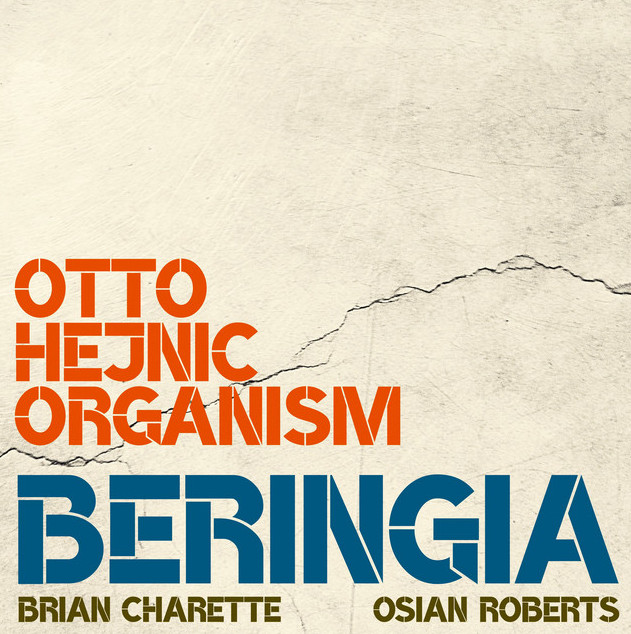Drummer and composer Otto Hejnic has so far released albums recorded in a piano trio with Ondrej Krajňák and Josef Feč. However, he wrote the music for the new project with the idea of a hammond and chose a soul jazz line-up, which does not mean that he strictly adheres to the imaginary rules of the subgenre. He invited well-known players Brian Charett and Osian Roberts to create a musical organism or, if you prefer, an organ system.
There is therefore no doubt about the interpretative qualities. It’s nice when an instrumental music creator offers a narrative, epic concept. Not only does it inspire him to compose, but the listeners have something to grab onto without the free line limiting the imagination. Hejnic gave the album the theme of Beringia, and in an interview with Daniel Vojtíšek for ČRo Jazz, he explained: “I simply saw a documentary about Beringia and thought about what it would be like to walk through Beringia.” He then portrays musical ideas without unnecessary complexities, in a “mood-creating half-hearted way”. For example, the opening motif of Path Of Strongest starts with a strong, punchy, essentially rock riff. When listening to the rhythmically burdened Muddy Road, we can easily imagine a herd of mammoths, tromping through the mud with difficulty, and it doesn’t matter that the motif’s phrasing reminds us of Mancini’s Pink Panther, although here, of course, treading heavily. A pink mammoth? Which I don’t want to make fun of, on the contrary, it’s a nice association. And the Left Alone blues? A beautiful rendering of desolation. It also doesn’t matter at all that we find a flaw in the concept. The motif of continental drift and thus the cracking of the land on Beringia does not fit. The isthmus, which the first people (long before the jazzmen) marched from Asia to America, hid below the surface because the ocean level rose after the melting of the glaciers in (our) interglacial period. But that doesn’t belong here, after all, Hejnic is not a paleogeologist or a history teacher, but a musician, and an excellent one at that. Moreover, gifted with a sense of “big” melodies. Let’s hear, for example, the anthemic motif of the title track, with which Roberts’ saxophone plays particularly elegantly.

